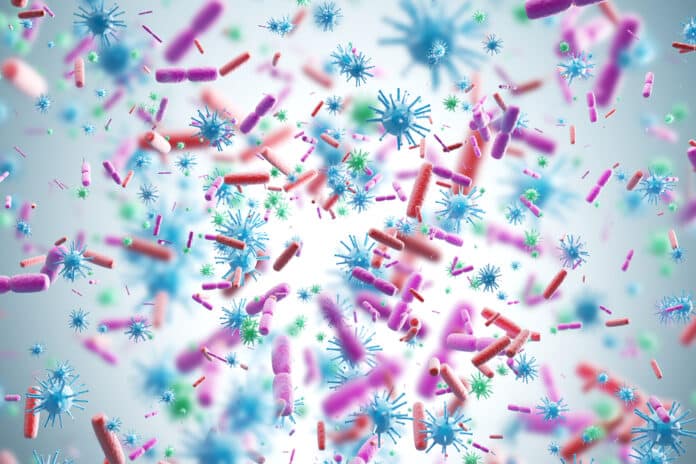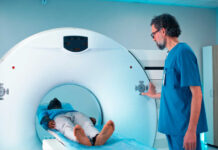
Any condition that impairs your body’s ability to function correctly is a disease. Diseases can be classified in various ways, including:
● Infectious (or contagious) and Non-infectious (Non-communicable) diseases;
● Acute or Chronic;
● Localized or systemic diseases.
In this article, we will focus on infectious and noninfectious diseases, as well as how to differentiate between the two of them.
Infectious Diseases
These are medical conditions primarily caused by pathogens getting access to your body. These harmful agents include viruses, bacteria, parasites, and fungi. These diseases are easily contagious, and you can contact them through various means. You can get it through the air when an infected person coughs or sneezes, contact with infected food, drinks, and surfaces, or even through sexual contact and insect bites.
There are several infectious diseases, including the Coronavirus, the common cold, strep throat, and influenza.
Noninfectious Diseases
On the other hand, non-communicable diseases are medical conditions that cannot be spread from one person to another. These diseases last for an extended period and are quite known for their severity. These types of diseases are commonly associated with older people. However, studies show that around 15 million people aged 30-69 die annually from non-communicable diseases, and more than 85 percent of these fatalities occur in low- and middle–income countries and vulnerable communities.
What’s the Difference Between Infectious Diseases and Noninfectious Diseases?
The first difference is that while Infectious diseases occur through harmful organisms like fungi and viruses entering your body, non-communicable diseases are caused by genetics and other anatomical differences.
Another difference between infectious and noninfectious diseases is that while the hygienic state or otherwise of the environment can reduce or increase the occurrence of such diseases, non-communicable diseases are not altered positively or negatively by the environment.
Symptoms of Infectious Diseases
The symptoms of infectious diseases usually depend on the type of illness. For fungal infections, common symptoms include rash and itching. Bacterial and viral infections can cause symptoms such as fever, congestion, chills, cough, and fatigue. These Infectious diseases can be diagnosed by your healthcare provider through the following:
● Throat swabs;
● Getting either the blood, pee, poop, or spit samples; or
● Scraping a sample of the skin or other tissues.
Conclusion
For either communicable or non-communicable diseases, it is important to see your healthcare provider, as diverse symptoms are attached to the different kinds of chronic diseases.


















